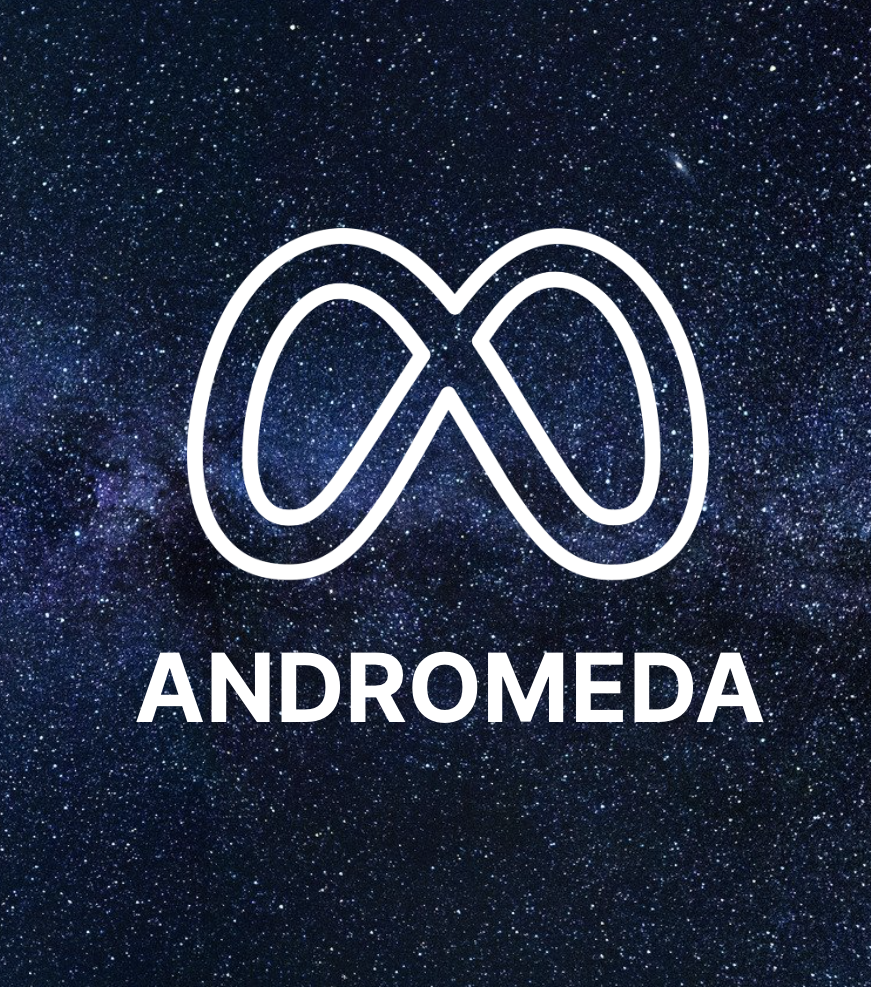Attribution window in lead generation

In the data-driven world of digital marketing, fighting for every lead is a race against time and attention. But while many companies are constantly optimizing their advertising campaigns, one decisive factor often goes unnoticed: the attribution window.
How long can it be between the first click and the actual lead so that a campaign is still considered successful? This question is not trivial — because it decisively determines the quality of your marketing analysis. In this blog post, we explain why attribution windows are so important, which models exist and why that 90-day touchpoint feature from LeadMetrics sets new standards.
What does attribution mean in marketing?
Attribution In marketing, describes the process by which certain user actions (such as a conversion or a lead) are assigned to a source or touchpoint. The aim is to understand Which marketing channel or campaign really led to the desired action.
example:
Today, a user clicks on a Google ad, visits the website, but doesn't fill out a form. Two weeks later, the same person clicks on a LinkedIn ad and subscribes this time. The central question: Which channel receives the “credit points” for this lead?
What is an attribution window?
that attribution window Determines how many days after a contact (e.g. click on an ad) a lead can still be attributed to the original source.
Short attribution windows (e.g. 7 days):
- Advantage: Higher precision for quick purchase decisions
- Disadvantage: Long-term decision-making processes (especially in B2B) are ignored
Long attribution windows (such as 90 days or more):
- Advantage: More touchpoints can be considered
- Disadvantage: Requires clean technical infrastructure and tracking
Why short attribution windows are problematic
Especially for products that require explanation or in B2B marketing The buying cycle is rarely less than a week. Interested parties collect information, compare providers, obtain internal approvals — and often only come back to final contact after several weeks.
Many tracking tools — particularly from third-party providers such as Meta or Google — set attribution windows of 7 to 28 days as standard. As a result, valuable touchpoints that lie outside this window fall under the table. The result: inadequate data, biased performance measurements, and poor budget decisions.
The solution: touchpoints with 90-day attribution from LeadMetrics
With the LeadMetrics touchpoint feature Can you do user activity over a period of up to 90 days Assign exactly — regardless of the channel or device used. This gives you a complete picture of Which contact point had which influence on the lead and when.
That makes the feature special:
1. Map long-term decision-making processes
Especially in the B2B sector or for high-priced products, leads are often the result of a long decision-making process. With 90 days of attribution, initial touchpoints are also recorded that have significantly contributed to lead conversion.
2nd Full transparency across the funnel
LeadMetrics collects all touchpoints — regardless of whether a user first came via a Facebook ad, then opened a white paper via email and finally converted via Google. Each of these steps is saved and taken into account.
3rd Cross-platform attribution
Since LeadMetrics works on the server side, tracking gaps are avoided. Even if users use different devices or browsers, their journey remains visible — over the entire 90-day period.
4th Detailed attribution reporting
In the LeadMetrics dashboard, you can view and analyze all touchpoints and incorporate them into your marketing decisions. This allows you to recognize not only the last interaction, but also the first and middle interaction — and evaluate channels holistically.
Why 90 days is the sweet spot
Of course, a 180-day window is also technically possible — but it involves risks: Data quality decreases, cookies expire, and the significance becomes weaker. 90 days have proven to be optimal in practice: long enough to cover typical decision cycles, but short enough to ensure the relevance of the data.
Conclusion: Don't leave attribution windows to chance
Many marketers invest thousands of euros in ads, email automation, and content — and assess success based on data that only represents a fraction of reality. It's like analyzing a soccer game based on the last three minutes.
With the Touchpoint feature and LeadMetrics 90-day attribution Do you get the complete story behind every lead — and you can finally base your strategies on well-founded insights.
Start now—and get more out of every lead with precise attribution.



.avif)

.avif)

.svg)
